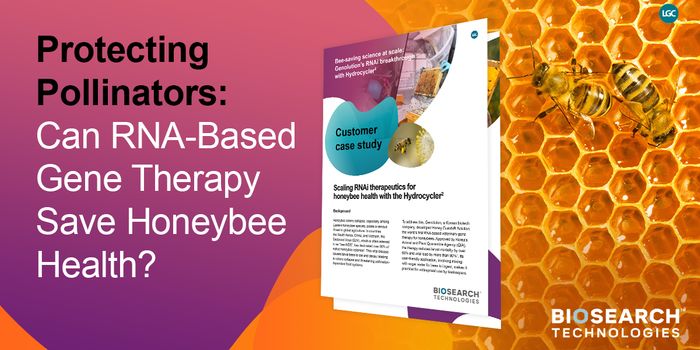A new sequencing technique that seeks to reveal important details about RNA has been developed by investigators at UCLA.
Published in Nature Methods, it can measure for each gene, what percentage of RNA has a chemical modification called methylation. This could be a very beneficial tool for stem cell research, as methylation levels influence the differentiation or specification of stem cells into more specialized cells.
RNA is the intermediary between the genome and the resulting proteins that make up an organism. While the genome contains the information, the RNA orchestrates the activities of the cell to carry out the processes. After DNA is transcribed into RNA, it undergoes processing that has an impact on the resulting proteins.
How methylation influences RNA activity is not well understood. There are several types of methylation, this study focuses on the kind that is known as m6A or N6-methyladenosine. A range of functions results from this processing, for example, the length of time the RNA remains in the cell before degradation, or the amount of protein it will make. The m6A modification is, importantly, the most abundant methylation type on RNAs that produce protein.
The sequencing method newly described by the authors is called m6A-LAIC-seq. "Previously, we were only able to determine the location of m6A on the RNA, but not the amount," explained Yi Xing, a Professor of Microbiology, Immunology and Molecular Genetics and a member of the
Eli and Edythe Broad Center of Regenerative Medicine and Stem Cell Research at UCLA.
Pluripotent stem cells hold such great promise for therapeutics because they are able to turn into any specific type of cell in the body, such as liver, blood, brain or skin cells through a process called differentiation. In addition, they’re able to make copies of themselves. Check out the video above to know more about the basics of stem cells.
Knowing what percentage of RNA has the m6A modification provides information that may help detect disease, said Xing, because diseased and healthy cells could have varying m6A levels. Researchers can also use information about RNA m6A levels to help answer questions about stem cell differentiation, something of particular interest to scientists investigating regenerative medicine. Another possibility for the application of this work is helping researchers maintain stem cells in culture. They have a tendency to spontaneously differentiate, hindering research due to the loss of control of cell fate. A team led by Xing and Cosmas Giallourakis has
shown previously that blocking m6A stops pluripotent stem cells from differentiating, keeping them in a suspended state while remaining healthy.
"We are very excited about the promising data and the new tool that is now available to study m6A in a wide range of cell types including pluripotent stem cells," Xing said. "We anticipate that our research will improve the understanding and use of pluripotent stem cells in regenerative medicine."
In the video above, Xing gives a talk on his work at the Institute for Pure and Applied Mathematics, UCLA.
Sources:
Phys.org via
UCLA,
Nature Methods,
Cell Stem Cell










